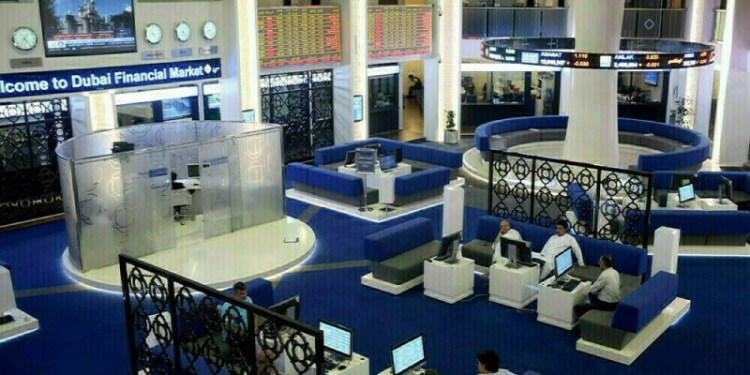By Marwa Rashad
RIYADH (Reuters) – Saudi Arabia’s crown prince wants to build a mega-city with the latest robotics under his grand plan to reform the kingdom.
Civil servant Amer al-Ghamdi has a simpler dream: to buy an affordable home.
Whether Ghamdi and some 1.2 million Saudis in a similar financial position manage to do so will be vital if Crown Prince Mohammed bin Salman is to convince his people that the reform plan will benefit not just the super-rich.
Ghamdi, 35, spends most of his $2,670 monthly wage paying back loans he took to get married and buy a car. He and his wife, Hanan, now have three children and struggle to save money.
Buying a home is out of the question. A 250-square meter (2,691 square feet) house in Saudi cities costs from 700,000 to 850,000 riyals ($186,000 to $226,000), said Ibrahim Albuloushi, head of U.S. property consultant Jones Lang LaSalle in Saudi Arabia.
That is up to 10 times the annual salary for a low-income family in the Gulf Arab state.
“I tried to look for one of my relatives in Saudi to pay off my debts and give me a down payment to apply for a house at one of the commercial banks, but the interest will be very high and I am already paying a lot,” said Ghamdi, who lives in the capital Riyadh.
Saudi Arabia, the world’s top oil exporter, was once awash in petrodollars. This helped it provide a cradle-to-grave welfare system for its citizens with almost no taxation.
But a slump in oil prices has made fiscal discipline and diversification away from oil vital. Prince Mohammed’s Vision 2030 plan sets out to modernize the economy and reform the deeply conservative country, the birthplace of Islam.
The young prince, 32, has moved forcefully and rapidly where earlier leaders moved gradually and achieved moderate results.
AFFORDABLE HOMES
Some Saudis, however, are skeptical. Western media have reported extravagant purchases by the crown prince, including a $300 million French chateau and a $500 million yacht.
In response to a question about these reports in an interview with U.S. network CBS in March, Prince Mohammed said his personal life was “something I’d like to keep to myself” but that he was a rich man who also made donations to charity.
The first contracts awarded for the NEOM business zone mega-project in the northwest of the country were for five palaces for the royal family.
Some critics say the pace of reform is too fast. They cite cuts to a generous subsidy system and the introduction of value-added tax early this year, moves that have hit some Saudis hard and eaten away at savings.
Compounding problems, the population has grown. It reached 32.55 million in 2017, a rise of 44 percent from 2004, and Riyadh’s boundaries are growing rapidly.
The housing minister says there are plans to build 1 million houses in five years with an investment of over $100 billion, mainly through public-private partnerships. Deals have been signed with South Korean and Chinese firms and U.S. companies have expressed interest.
“Real estate is the mirror of the economy. You cannot build homes if people cannot afford to buy them,” said Abdullah al-Sudairy, chief executive of mortgage finance company Amlak International. “Affordable housing means cost is five to six times annual income… We are not there yet.”
The ministry wants 60 percent of Saudis to own homes by 2020. It is working with local banks to facilitate financing and help developers increase the supply of affordable units by reducing red tape.
WAITING LIST
Some 500,000 Saudis are on a waiting list for the Saudi Real Estate Development Fund (REDF), an arm of the housing ministry which offers Saudis interest-free loans to buy state-backed houses which cost around 650,000 riyals. This can be paid in long-term monthly installments of up to 2,500 riyals each.
Khalid al-Amoudi, REDF general supervisor, said most could have access to finance in the next three years.
Ghamdi has been on the waiting list since 2011 and relief is nowhere in sight.
He has asked his wife to look for a job. But the last offer she received at a food factory offered only 3,500 riyals a month, most of which would have been used to put her infant daughter in nursery and for transportation costs.
Ghamdi is worried about taking out a new bank loan because of fears the government may make further cuts in state spending.
Salman al-Shedoukhi, a 30-year-old engineer with a monthly income of 15,000 riyals, also wonders if he will ever receive a government-backed house.
“To get bank financing for an average 900,000-riyal home, you will end up paying double this amount. It means I would spend 20 years using half my salary to pay off the loan,” he said.
To save money, he has moved into his father’s house with his wife and two daughters. But he is still burdened by a loan taken out four years ago to get married.
NO ROOM FOR ERROR
Members of the Shura Council, a government advisory body, have criticized the housing ministry for slow progress in solving the problem and fulfilling citizens’ aspirations, questioning the number of land plots handed over.
“The housing ministry’s biggest achievement is chaining the citizens with a big loan from commercial banks and a bigger monthly installment,” Abu Yazid Al Huwaiti, a Saudi citizen, wrote in a Twitter post in April.
Some housing officials have been replaced in recent years for failing to tackle the affordability issue.
There is no room for error as Prince Mohammed is counting on people like Ghamdi to support his reforms.
“Will they achieve 100 percent of the very ambitious goals they have set for themselves? Probably not,” said David Dew, who is managing director of SABB bank and monitors housing and unemployment.
“But will they make serious progress? Absolutely yes, they have to and they will.”
(For graphic on Saudi Arabia’s economy, click: https://tmsnrt.rs/2sjRrVK)
Source: Investing.com



























